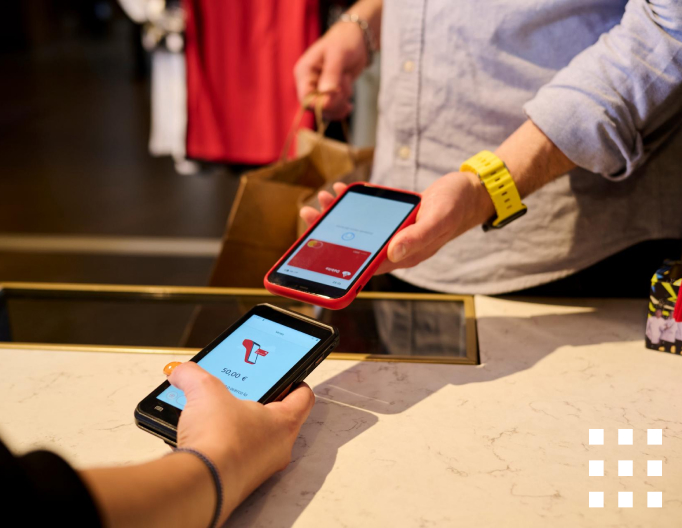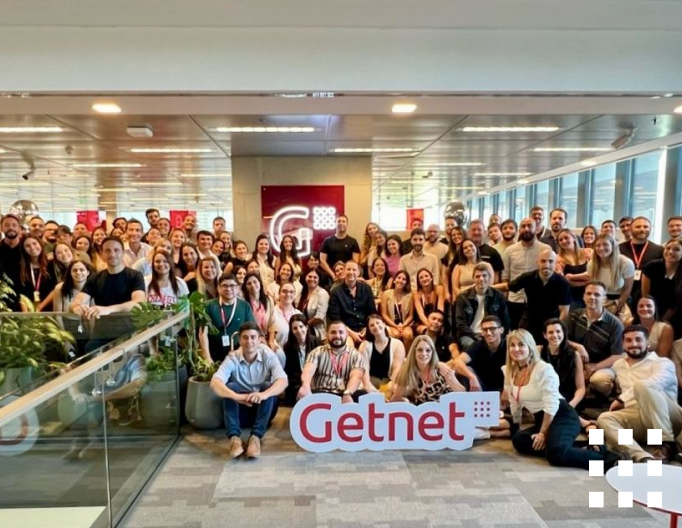Every year, businesses lose millions to payment fraud and data breaches, as business-to-business (B2B) transactions are increasingly targeted by cybercriminals. Latin America suffers the highest revenue loss to fraud globally at 20%. This means, on average, for every $100 of revenue earned by Latin American businesses, $20 is lost to fraud – a rate far higher than in North America or Asia-Pacific.
With digital payment fraud continuing to rise as businesses expand their online payment networks, choosing the right security solution is critical. However, many businesses can find it hard to make this decision due to the technical jargon surrounding solutions like encryption and tokenisation.
While both technologies protect sensitive payment data, they work in fundamentally different ways and serve different business needs. It’s important for business leaders to understand the differences as organisations across different verticals face different payment security challenges. For example, a tourism company processing thousands of international bookings per day has different needs than a manufacturing firm making high-value supplier payments.
This article cuts through the complexity, explaining the difference between the two solutions. This includes which industries and use cases they are most applicable to, and how different vertical businesses can make the right decision as to whether they should implement tokenisation, encryption, or both.
What’s the difference between the two solutions?
Encryption refers to the process of encoding data exchanged between two businesses so that only authorised parties can access the original information. Encryption transforms sensitive readable data into an unreadable format using algorithms and cryptographic keys. Only someone with the correct decryption key can revert the data to its original form.
In a typical B2B scenario, encryption is used to protect data both in transit (as it moves between organisations) and at rest (when stored). For example, digital certificates and public/private key pairs are used to encrypt and decrypt data shared between organisations, ensuring that even if data is intercepted, it remains unreadable to unauthorised parties.
On the other hand, tokenisation is the process of replacing sensitive data with a non-sensitive equivalent called a "token." The token has no exploitable meaning or value and cannot be reverse engineered to reveal the original data without access to a separate, secure mapping system, often referred to as a token vault.
For instance, when sensitive data like a credit card number enters a system, it is replaced with a randomly generated token. The original data is stored securely outside the main system, and only the token is used within business processes. Because tokens are unique and have no mathematical relationship to the original data, they are effectively useless if they are stolen.


How the solutions meet sector-specific needs
Encryption is best suited to situations where data must be securely transmitted or stored, and where access to the original data is required for business operations. For example, in the financial services sector, encryption is a key security measure used to protect customer account details, transaction information, and internal communications. The healthcare sector also relies heavily on encryption to safeguard patient records and medical data.
Cloud service providers also depend on encryption to secure data both in transit and at rest, protecting users' information stored across distributed environments. Additionally, legal, media, or research organisations that have to handle large volumes of unstructured data also benefit from the solution. This is because it protects sensitive content like documents, images, and proprietary files.
In the context of payment systems, encryption plays a critical role in securing payment data during online checkouts or mobile transactions and in protecting stored payment credentials for recurring billing or transaction reporting. Wherever there is a need to both secure and later retrieve original data, encryption provides the robust, reversible protection required for safe and compliant operations.
Tokenisation is ideal when businesses need to handle large volumes of structured payment data, like credit card numbers, without storing the real sensitive data. By ensuring sensitive cardholder data is not stored in internal systems, tokenisation also helps businesses make compliance easier and less expensive. The solution also plays a critical role in mobile wallets and contactless payment systems, where payment credentials are represented by tokens instead of actual card numbers.
This makes the solution especially attractive in sectors where customer payment information must be stored for future or recurring use but does not need to be directly accessed during day-to-day operations. For example, industries such as retail, travel and hospitality frequently use tokenisation to store card-on-file data securely, especially if offering subscription or recurring billing services.
Making the right decision for your business
Choosing between encryption and tokenisation can be challenging. For many businesses, the most effective approach is often a combination of both, depending on the specific use case. Here are the critical factors that you should consider to guide your choice:
• Transaction volume and frequency: High-volume, recurring payments often favour tokenisation due to faster processing speeds. If you're processing hundreds of vendor payments monthly, tokenization reduces system load. Lower-volume, high-value transactions may benefit more from encryption's comprehensive data protection.
• Data sensitivity levels: Consider what data you're protecting. Credit card numbers and bank account details typically work well with tokenisation, while highly sensitive information like proprietary pricing or contract terms may require the end-to-end protection granted through encryption.
• Compliance requirements: Your industry regulations matter. PCI DSS compliance often makes tokenisation attractive for payment data, while industries with stricter data residency requirements may need encryption's granular control.
• Integration complexity: Evaluate your current systems. Tokenisation usually requires less modification to existing workflows, while encryption may demand more extensive integration but offers greater flexibility.
• Cost considerations: Factor in both implementation and ongoing costs. Tokenisation often has lower upfront costs but recurring fees, while encryption may require higher initial investment but lower operational expenses.
There is no one-size-fits-all solution. It’s crucial that business leaders assess which is best based on specific needs, whether that results in your business using tokenisation, encryption, or a hybrid.





























